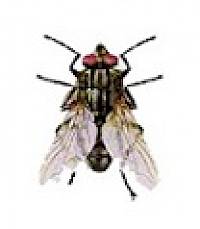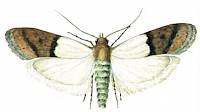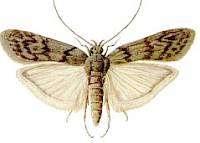Flying insects
Despite of our preventive actions, all sorts of small and even larger flying insects still find their way into our homes and properties from time to time. What they have in common is that they come indoors to look for either shelter, warmth or food. Some of those animals are harmless, but unfortunately this is not the case with all of them, and some of them cause varying degrees of damage, even destruction, when they enter indoors.
For example, food pests such as moths love to live in food and food storage areas. Textile pests, on the other hand, destroy 100% natural materials e.g., fur, wool, silk or feathers. These include, for example, the larvae of moths. Various insects can also enter washrooms, for example through the sewage system. Houseplants can also be plagued by pests.
Flying insects are also known to carry millions of pathogenic microbes, such as Listeria (monocytogenes), Salmonella and Escheria coli. Fortunately, those pests can be controlled by various pest control methods.
However, pest identification should always be done before effective insect pest control plan can be designed. The easiest way to identify pests is to check their characteristics. The identification chart below shows the most common flying insects found in Finland, which are considered pests. After identification, pest control plan and methods are designed.
If you are having a difficulty by identifying a pest on your property, please send us an accurate picture or sample and we will do the identification for you. Please also tell us where you found those insects.
Top menu and links below will take you to a page that describes in more detail both the flying insect and pest control methods against it.
Pests in textiles and furs (adults)


Pests in groceries (adults)




Habitant pests (adults)








Habitant pests (adults)





